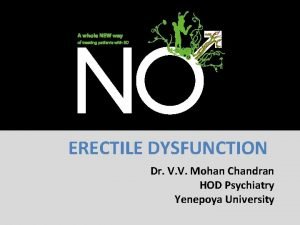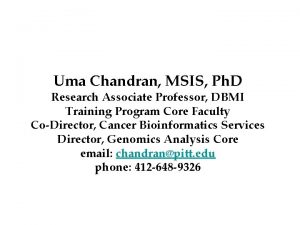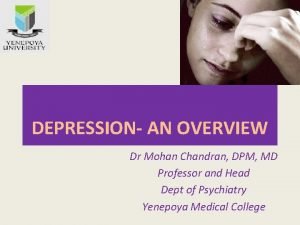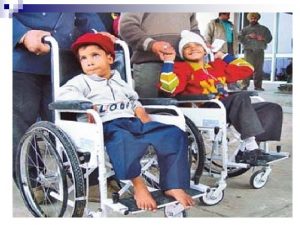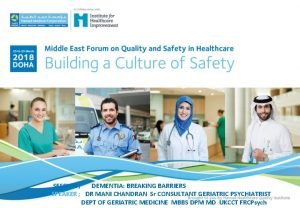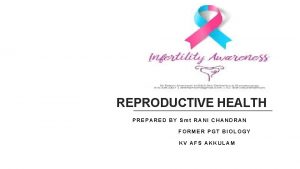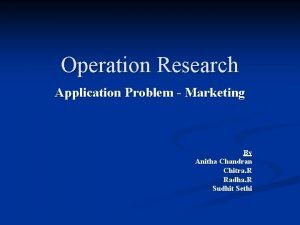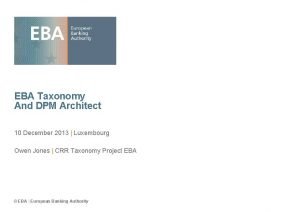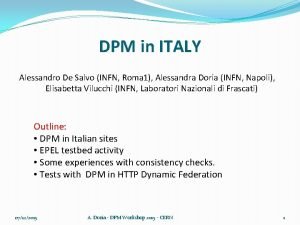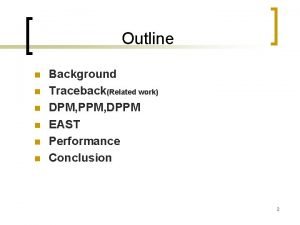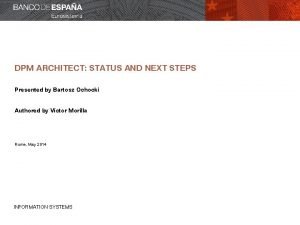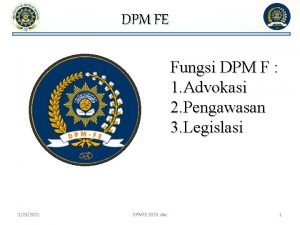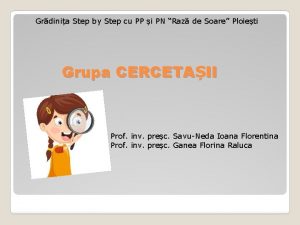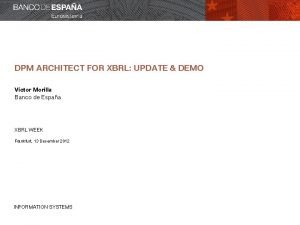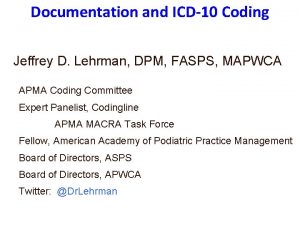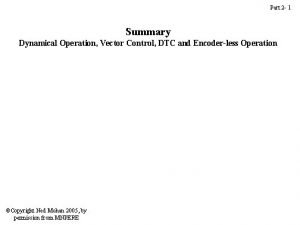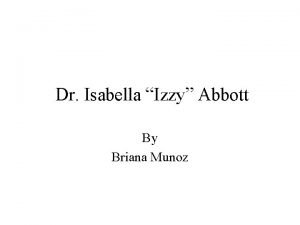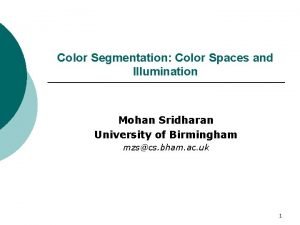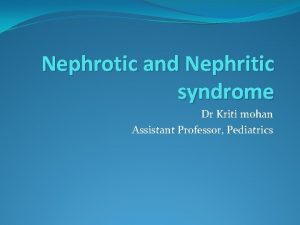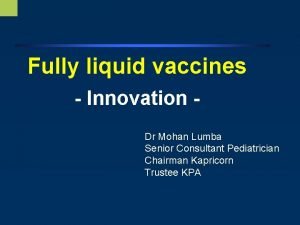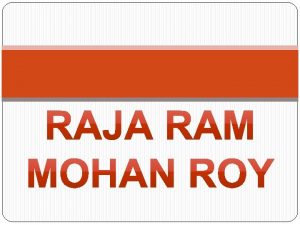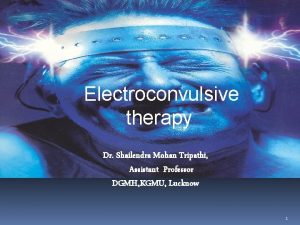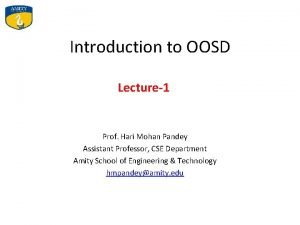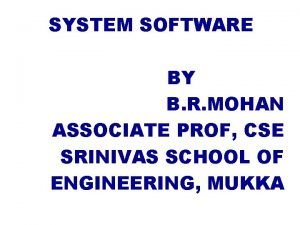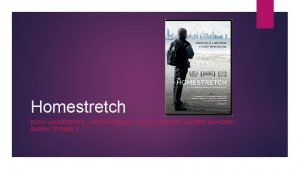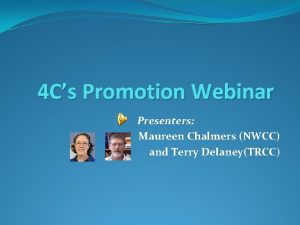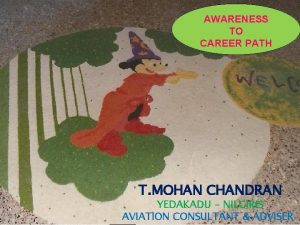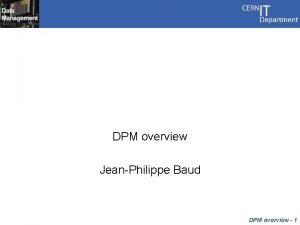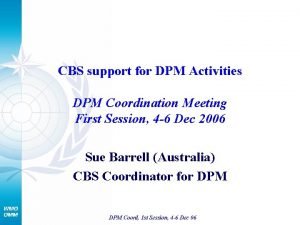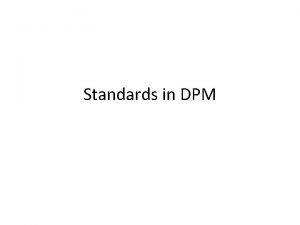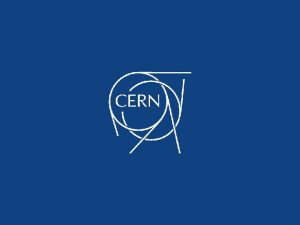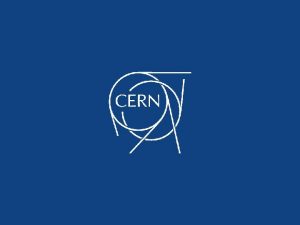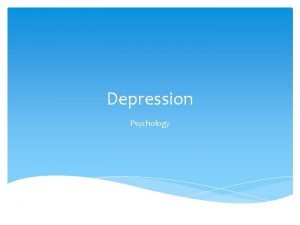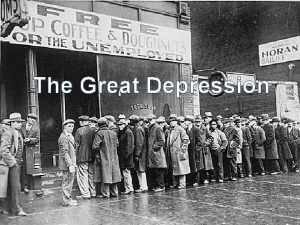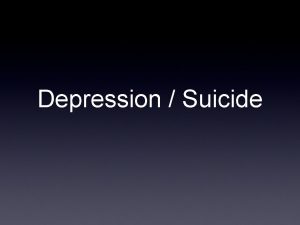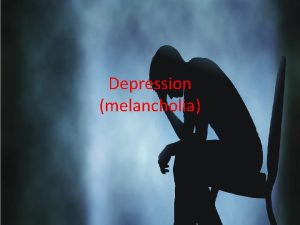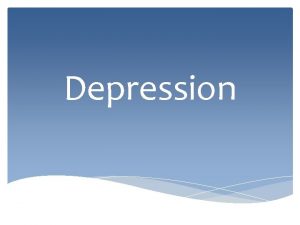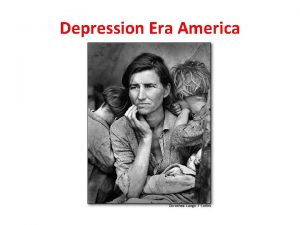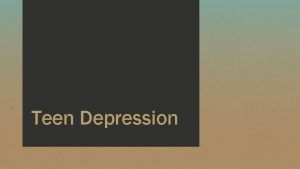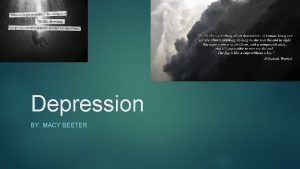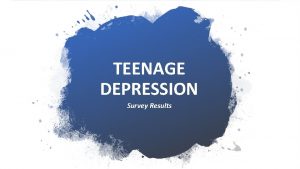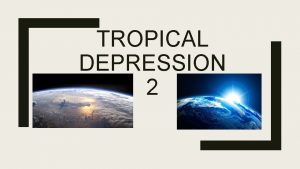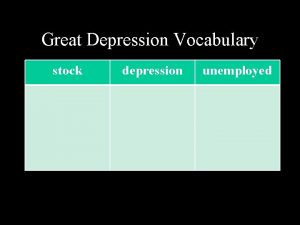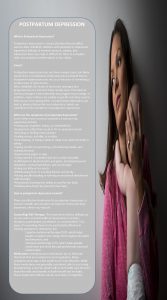DEPRESSION AN OVERVIEW Dr Mohan Chandran DPM MD









































- Slides: 41

DEPRESSION- AN OVERVIEW Dr Mohan Chandran, DPM, MD Professor and Head Dept of Psychiatry Yenepoya Medical College

MOOD DISORDERS • Major Depression • Bipolar Disorder • Dysthymic Disorder • Cyclothymia • Mood disorder secondary to general medical condition/ substance abuse 9/10/2020 2

9/10/2020 3

9/10/2020 4

HISTORY • • Hippocrates – 4 th century BC Celsus – 30 AD, melancholia Falret & Baillarger – 1830, circular insanity Kraeplin – 1913, manic depressive insanity Leonhard – Unipolar vs Bipolar Freud – mourning and melancholia Rene Spitz – 1946, Anaclitic Depression 9/10/2020 5

9/10/2020 6

EPIDEMIOLOGY • Life time prevalence 4 -20% • Higher in females • Higher in separated and divorced • Major health problem affecting Qo. L and causing severe disability and even death • Under diagnosed and under treated 9/10/2020 7

Depression and Age Any age group! • In infants : Anaclitic depression • Adolescent turmoil • Premenstrual dysphoric disorder • Post partum depression 9/10/2020 8

Depression and age • • • Middle age crisis Empty nest syndrome Late onset depression (smiling depression) 9/10/2020 9

9/10/2020 10

AETIOLOGY • BIO-PSYCHO-SOCIAL MODEL ü Biogenic amines- Norepinephrine, ü Serotonin, Dopamine ü Genetic – Family studies, adoption studies ü Neuro-endocrine factors – adrenal axis, thyroid axis ü Kindling 9/10/2020 11

AETIOLOGY üPsycho-dynamic models üCognitive models üDevelopmental factors üPsychosocial factors and personality factors 9/10/2020 12

9/10/2020 13

DEPRESSIVE EPISODE • Depressive episode is different from lay use of the word depression • Time duration : 2 weeks 9/10/2020 14

CLINICAL FEATURES 3 MAJOR CRITERIA 1) Sad mood / irritability 2) Lack of interest 3) Lack of energy 9/10/2020 15

CLINICAL FEATURES 7 MINOR CRITERIA • Poor attention and concentration • Guilt feelings • Pessimistic attitude of present and future • Helplessness • Sleep disturbance • Lack of appetite • Death wishes / Suicidal thoughts 9/10/2020 16

OTHER SYMPTOMS • Lack of interest in previous pleasurable activities • Psychomotor retardation • Lack of emotional reactions • Early morning awakening • Early morning worsening of mood • Weight loss > 5% in one month • Decreased sexual interest 9/10/2020 17

9/10/2020 18

Grades of Depression v. MILD DEPRESSION v. MODERATE DEPRESSION v. SEVERE DEPRESSION (with psychotic symptoms) 9/10/2020 19

• Episodes of depression : Recurrent depression • Depression and mania: Bipolar Disorder • Chronic low mood for minimum 2 years: Dysthymia • Seasonal affective disorder : more in winter 9/10/2020 20

ATYICAL DEPRESSION Depression with atypical features Ø Over eating Ø Over sleeping Ø High anxiety symptoms Ø Interpersonal rejection sensitivity 9/10/2020 21

CO-MORBIDITY § § § § Anxiety is common with depression OCD Substance use Somatic complaints Slowed cognitions Personality disorders Medical co-morbidity 9/10/2020 22

9/10/2020 23

Depression and medical illness • • • 16 -23% major depression 15 -25% mild depression Stroke – 30% Cancer- 25% HIV- 33% Post MI 9/10/2020 24

Depression and medical illness • Diabetes- 15% • Cushing’s disease, Addison’s disease, hypothyroidism, hyperparathyroidism • In many neurological disorders – Parkinsonism, Dementia, multiple sclerosis, epilepsy, degenerative brain disorders 9/10/2020 25

Drug induced depression • • Steroids Alpha methyl dopa Oral contraceptives Clomiphene citrate Tamoxifen Cimetidine Beta blockers 9/10/2020 26

9/10/2020 27

Mental status examination • Generalized psychomotor retardation • Downcast averted gaze • Decreased rate and volume of speech • Negative view of themselves and the world • Hopelessness, helplessness , worthlessness • Suicidal thoughts • Psychotic symptoms 9/10/2020 28

TREATMENT • • • Antidepressants ECT Psychotherpy TMS Vagal stimulation 9/10/2020 29

Psychopharmacology • Despite their name, they are often used to treat a wide range of other conditions, on- or off label, for conditions such as anxiety disorders, obsessive compulsive disorder, eating disorders, neuropathic pain, migraine • Delay, with the resident Jean-Francois Buisson, reported the positive effect of isoniazid on depressed patients. 9/10/2020 30

• Tertiary amine / tricyclic antidepressants: • Amitriptyline • Imipramine • Norepinephrine-dopamine reuptake inhibitors • Bupropion 9/10/2020 31

9/10/2020 32

Psychopharmacology • • Selective serotonin reuptake inhibitors Citalopram Escitalopram Paroxetine Fluvoxamine Sertraline 9/10/2020 33

Psychopharmacology • Noradrenergic and specific serotonergic antidepressants (Na. SSA) • Mirtazapine • Serotonin–norepinephrine reuptake inhibitors • Desvenlafaxine • Duloxetine • Venlafaxine 9/10/2020 34

Psychological Interventions • Psychotherapies – Inter personal CBT Family therapy Prevention of episodes 9/10/2020 35

SUICIDE • • ‘Sui’ means “self” and ‘cide’ is “kill” Suicide Para suicide One of the leading causes of death in the young • Patients with psychiatric disorders particularly depression are at increased risk of suicide 9/10/2020 36

SUICIDE- risk factors • • • Sex Age Depressed Previous attempt Ethanol use Rationality of thinking Sickness Organized attempt No spouse / partner Support poor – financial and social 9/10/2020 37

9/10/2020 38

SUICIDE • Prediction and early intervention • Target high risk population • Assessment by psychiatrist of all cases of self harm • Treatment : ECT as an option 9/10/2020 39

• In the ECT suite at Priority House, Maidstone. 9/10/2020 40

9/10/2020 41
 Pschotropics
Pschotropics Leena chandran wadia
Leena chandran wadia Dr l sunil chandran
Dr l sunil chandran Atyical
Atyical Sudha chandran wooden leg
Sudha chandran wooden leg Mani chandran
Mani chandran Rani chandran
Rani chandran Anitha chandran
Anitha chandran Dpm architect
Dpm architect Nn dpm
Nn dpm Visi misi calon anggota dpm
Visi misi calon anggota dpm Dpm
Dpm Ipmi vmware
Ipmi vmware Alessandro de salvo
Alessandro de salvo Advantages of suspended timber floor
Advantages of suspended timber floor Dpm ppm
Dpm ppm Dpm architect
Dpm architect Fungsi advokasi dpm
Fungsi advokasi dpm Program kerja ketua umum
Program kerja ketua umum Proiect didactic dpm traseu aplicativ
Proiect didactic dpm traseu aplicativ Romanian dpm
Romanian dpm Xbrl demo
Xbrl demo Icd 10 midfoot sprain
Icd 10 midfoot sprain Dpm uksw
Dpm uksw Ned mohan
Ned mohan Briana mohan gm
Briana mohan gm Role of rrrlf in modernization of libraries
Role of rrrlf in modernization of libraries Mohan sridharan
Mohan sridharan Mohan sabaratnam
Mohan sabaratnam Trusemide
Trusemide Dr lumba
Dr lumba Mohanscience lk
Mohanscience lk Raja ram mohan roy conclusion
Raja ram mohan roy conclusion Kerry mohan
Kerry mohan Contraindications of ect
Contraindications of ect What is oosd
What is oosd Aswathy mohan architect
Aswathy mohan architect Nicole mohan
Nicole mohan Seshadri mohan
Seshadri mohan Cs promotion
Cs promotion Saumya mohan
Saumya mohan Cdr
Cdr
